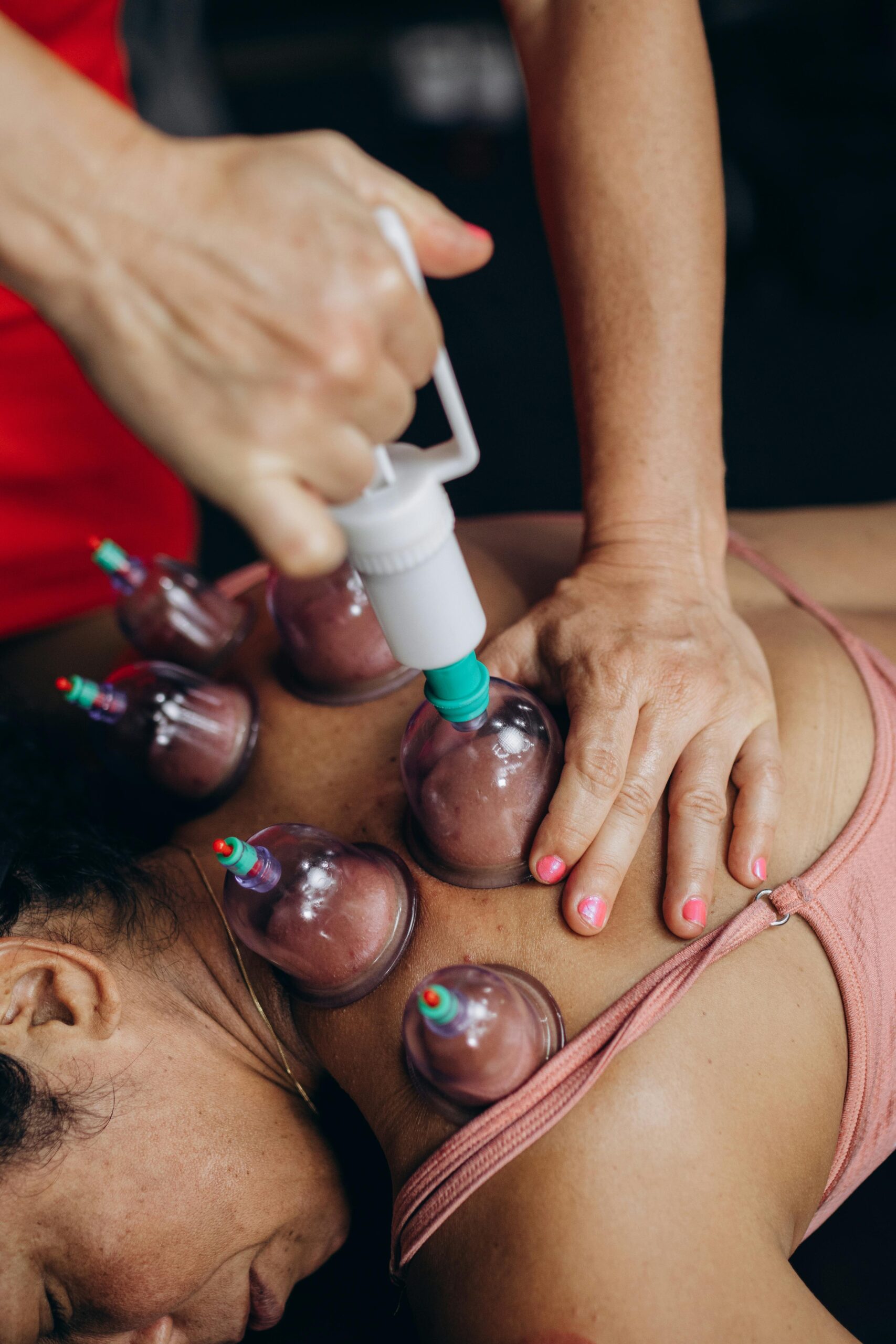Introduction
Definition of Diabetic Macular Edema (DME) Diabetic Macular Edema (DME) is a complication of diabetes that affects the retina, specifically the macula, which is crucial for sharp, central vision. It occurs when blood vessels in the retina leak fluid, leading to swelling and damage. This condition can significantly impair vision, making timely diagnosis and effective management essential.
Importance of the Market Analysis Understanding the diabetic macular edema market is critical due to the growing prevalence of diabetes and the subsequent rise in DME cases. This market analysis provides insights into current trends, future projections, and competitive dynamics, helping stakeholders make informed decisions regarding investments, treatment innovations, and strategic planning.
Scope of the Report This report covers the current market size, growth projections, driving factors, segmentation, competitive landscape, and regional analysis of the diabetic macular edema market. It aims to offer a comprehensive view of the market to guide industry participants and investors.
Market Overview
Current Market Size and Value The diabetic macular edema market was valued at USD 6.7 billion in 2023. This valuation reflects the significant economic impact of DME treatment and management across the major markets. The market’s size underscores the extensive need for effective therapies and the substantial investment potential in this area.
Market Growth Projections The market is projected to grow at a Compound Annual Growth Rate (CAGR) of 5.1% from 2024 to 2032, reaching an estimated value of USD 10.4 billion by 2032. This growth is driven by several factors, including increasing diabetes prevalence, advancements in treatment options, and rising healthcare awareness.
Driving Factors
Increasing Incidence of Diabetes The rise in diabetes cases globally is a primary driver for the diabetic macular edema market. As diabetes prevalence increases, so does the incidence of complications like DME. According to the International Diabetes Federation (IDF), approximately 537 million adults were living with diabetes in 2021, a figure expected to rise significantly. This growing patient population directly impacts the demand for DME treatments.
Advancements in Treatment Options Recent advancements in treatment modalities have contributed to market growth. Innovations such as anti-VEGF (vascular endothelial growth factor) therapies, which inhibit abnormal blood vessel growth, and corticosteroids that reduce inflammation, have transformed DME management. The development of newer drugs and improved drug delivery systems continues to drive market expansion.
Rising Awareness and Diagnostic Capabilities Increased awareness about diabetes and its complications has led to earlier and more frequent diagnoses of DME. Enhanced diagnostic technologies, including optical coherence tomography (OCT) and fluorescein angiography, allow for more accurate and timely detection of DME, improving treatment outcomes and boosting market demand.
Get a Free Sample Report with Table of Contents
Market Segmentation
By Drug Class
- Anti-VEGF Agents: These drugs, including ranibizumab, aflibercept, and bevacizumab, are designed to inhibit VEGF, a protein that promotes abnormal blood vessel growth in the retina. They have become a cornerstone in DME treatment due to their effectiveness in reducing macular edema and improving vision.
- Steroids: Steroidal treatments, such as dexamethasone and fluocinolone acetonide, are used to reduce inflammation and swelling in the retina. They are often used when anti-VEGF therapies are insufficient or not well-tolerated.
- Other Therapeutics: This category includes emerging treatments and combination therapies aimed at addressing DME through various mechanisms.
By End User
- Hospitals: Hospitals are major end users due to their comprehensive facilities for diagnosis and treatment of DME. They often have specialized departments for retinal diseases and advanced imaging technologies.
- Clinics: Clinics, particularly those specializing in ophthalmology and endocrinology, play a crucial role in diagnosing and managing DME. They provide outpatient care and follow-up treatment.
- Ambulatory Surgical Centers (ASCs): ASCs offer outpatient surgical procedures for DME, including laser treatments and intravitreal injections, providing a cost-effective and convenient alternative to hospital-based care.
By Region
- North America: Dominated by high healthcare expenditure and advanced medical infrastructure, North America holds a significant share of the market. The U.S. and Canada have well-established treatment protocols and high diabetes prevalence.
- Europe: Europe’s market growth is driven by increasing diabetes cases and improving healthcare access across the continent. Countries like Germany, the UK, and France are key markets.
- Asia-Pacific: The Asia-Pacific region is experiencing rapid growth due to rising diabetes rates and expanding healthcare infrastructure. Major markets include China, India, and Japan.
- Latin America: In Latin America, the market is expanding with increasing awareness and healthcare improvements. Brazil and Mexico are prominent markets.
- Middle East and Africa: The market in this region is growing slowly due to varying levels of healthcare access and diabetes prevalence. However, increasing healthcare investments are expected to drive future growth.
Competitive Landscape
Key Market Players
- LEO Pharma: A global leader in dermatology and critical care, LEO Pharma is investing in innovative treatments for DME. Its focus on developing new therapies and expanding its market presence makes it a key player in this sector.
- Amneal Pharmaceuticals: Known for its strong portfolio of generic and specialty medications, Amneal Pharmaceuticals is involved in developing and marketing DME treatments. The company’s strategic initiatives include partnerships and product development.
- AstraZeneca: AstraZeneca is a major pharmaceutical company with a significant presence in the DME market. Its research and development efforts focus on advanced treatments and addressing unmet needs in DME management.
- Johnson & Johnson Private Limited: Johnson & Johnson is a leading player in the healthcare industry, offering a range of treatments for DME through its ophthalmology division. The company’s extensive research and global reach enhance its competitive position.
- Bausch Health Companies Inc.: Bausch Health is known for its expertise in eye health and pharmaceuticals. Its portfolio includes treatments for DME, and the company continues to invest in research and development to address market needs.
Strategic Initiatives
- Mergers and Acquisitions: Companies in the DME market are pursuing mergers and acquisitions to enhance their product offerings and market reach. These strategic moves aim to consolidate market position and accelerate growth.
- Partnerships and Collaborations: Collaborations between pharmaceutical companies and research institutions are fostering innovation in DME treatments. These partnerships often focus on developing new therapies and improving treatment protocols.
- Product Launches and Innovations: Continuous innovation in drug development and delivery systems is crucial for maintaining a competitive edge. Companies are actively launching new products and improving existing therapies to meet market demands.
Regional Analysis
North America The North American market is characterized by high healthcare spending and advanced treatment options. The U.S. and Canada have well-established protocols for diagnosing and managing DME, contributing to the region’s significant market share. The prevalence of diabetes and the availability of innovative treatments drive market growth.
Europe In Europe, the market is expanding due to increasing diabetes cases and improving healthcare infrastructure. The region benefits from advanced medical technologies and a growing emphasis on early diagnosis and treatment of DME. Major markets like Germany, the UK, and France are leading the growth.
Asia-Pacific The Asia-Pacific region is experiencing rapid market growth due to rising diabetes prevalence and expanding healthcare systems. Countries like China and India are seeing increased demand for DME treatments as awareness and access to healthcare improve. The region’s growth potential is substantial, driven by a large patient population and evolving healthcare policies.
Latin America In Latin America, the market is growing as healthcare access improves and awareness of DME increases. Brazil and Mexico are key markets, with ongoing efforts to enhance diagnostic and treatment capabilities. The region’s market growth is supported by rising diabetes prevalence and healthcare investments.
Middle East and Africa The market in the Middle East and Africa is growing gradually due to varying levels of healthcare access and diabetes prevalence. Efforts to improve healthcare infrastructure and increase awareness are expected to drive future market growth. The region’s diverse healthcare landscape presents both opportunities and challenges for market participants.




